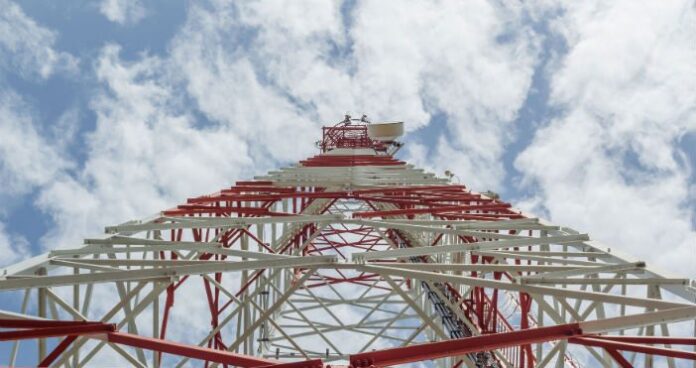HetNet Expo keynotes address how to move from LTE to next-generation 5G mobile networks
LOS ANGELES – There are currently around 5 billion devices, largely smartphones, connected to the Internet. By 2020, that figure is expected to explode to 50 billion as the Internet of Things takes shape. How will mobile networks evolve to support that massive growth in capacity and service demand?
Keynote speakers Don Hewitt, director of services sales North America for Nokia Networks, and Eric Fitzgerald Reed, Verizon Communications vice president of entertainment and tech policy, addressed that important question at the 2015 HetNet Expo.
“We really see the programmable world evolving very significantly,” Hewitt said. Speaking of the burgeoning IoT, “Each one of these is going to put different demands on the network and different demands on what we need to do to serve consumers going forward.”
Hewitt said that 5G, although not standardized is envisioned as combining numerous access technologies to support a wide range of applications, which each require different levels of throughput, latency and other network metrics.
“As we look at applications we’re going to interact with in real time,” we’ll have to get down to millisecond latency. “That’ll change network architecture. We see 5G as really bringing us the flexibility to do what we can’t do today. Networks are becoming denser and denser everyday. We see this as continuing. We see moving to ultra dense networks in city centers…and we see networks really evolving to have a range of different access technologies. We see 5G giving us an architecture that has the flexibility to have different types of architectures for different services at the same time.”
As far as moving from LTE to 5G, Hewitt said Nokia is investing in Single-RAN, centralization, virtualization, RF densification, distribute cloud and multi-cell coordination. He said exponential growth and new latency requirements will require software-defined networks and self-optimizing networks to ensure scalable performance, which he called “extremely critical.”
Reed discussed the demand for mobile applications–the Apple app store grew from 50 billion downloads in 2013 t0 100 billion this year–along, with TV available anytime, anywhere, as indicative of where the wireless industry is going.
“Robust wireless networks with enhanced capabilities [serve] the public interest,” he said, while giving the caveat that a vocal minority of people shape policy as it related to wireless infrastructure sites.
He categorized complaints as related to concerns joining RF and health, as well as aesthetic objections that are incongruous with existing concealment solutions.
The opposition, “It’s perplexing and amazing to me,” Reed said, noting that many of the complaint letters he sees close with, “Sent from my iPhone.”
“People require wireless connectivity,” he said. “We cannot settle. Think about how anxious you are when a wireless connection is not available. It doesn’ tmatter how compelling our keynotes are this morning, a lack of wireless connections in this ballroom, will result in people walking out of this room. The future for wireless connectivity and consumer engagement is bright, but only if we get these wireless deployment policies right.”

